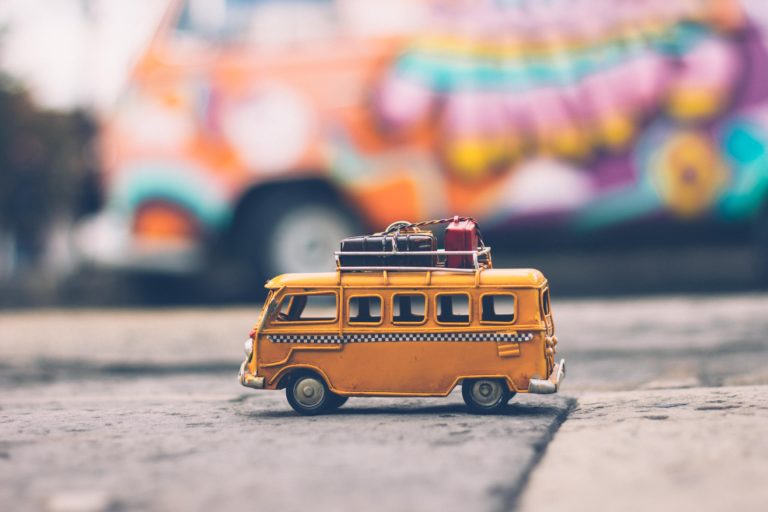Your office comes from Sweden and your furniture from Indonesia. How can we preserve the planet without giving up the world's products?
Less ecological: Truck and airplane.
By the road:

To less pollute, avoid the road! Trucks account for about one quarter of road transport CO2 emissions and nearly 5% of EU greenhouse gas emissions. Since 1990, truck emissions have increased by 25%, mainly due to an increase in road freight traffic.
For a ton of goods transported, road transport emissions 4 times as much CO2 as by river, it is therefore not suitable for long distances.
By the air:

The aircraft may seem more suitable, fast and practical solution, but clearly more polluting, this time it isabout 16 times more energy expenditure than by the riverwayThe aircraft is the fastest, most expensive and most polluting solution.
The most environmentally friendly: Train and boat.
By the seas:

It may seem counterintuitive to you, when you think of the big liners that consume a huge amount of fuel by sailing the oceans. Mais c’est bien là one of the cleanest means of transport of goods.
All types of goods can be transported by boat, where by air, for example, the lithium batteries In many of our equipment may be a problem. For this reason, the products are Bamboo Electronics are not accompanied by their batteries.
Carrying goods on a boat wouldn't it be a little dangerous?
No, in addition to being more environmentally friendly, river transport is of course more secure than the truck. In the absence of bottling, delivery is done in time and the number of accidents is almost zero. For 200 accidents related to the transport of goods, only 1 is concerned with vessels.
By the railway:

For a tonne of goods, a European freight train only gives out 29 grams of CO2 per kilometre travelled. A weighweight emits 81 grams. And the longer the journey, the more important the rail economy is. In addition to information on greenhouse gases released, the train also avoids emitting air pollutants such as nitrogen oxide and fine dust.
It makes sense when you think about it, a truck adheres to the road, it is constantly speeding up to keep moving. If you remove the foot from the accelerator you will not need a great distance to stop.
By train this time, the movement requires much less energy once it is launched, and if it stops speeding it will still travel a great distance before stopping completely. It is also by this logic that the boat spends less energy by “sliding” into the water.
In summary
In summary, and to give you a more personal order of idea, here are the programs you contribute to issuing when using these means of transport:
- 14 g CO2/passager/km for train
- 55 g CO2/passenger/km for an average car
- 68 g CO2/passenger/km for a truck
- 285 g CO2/passenger/km for an aircraft
The train is the major winner, alongside the boat, in the least polluting modes of transport, not only for people but also for goods.
Therefore, it is possible that an object whose raw materials have crossed France has had an equally important impact, if not more important, than your maté of Argentina carried by boat.
Yes, it is possible to deliver products from the end of the world while reducing their impact on the environment.
That is why we are putting a point of honour in bringing our goods as far as possible by train from Asia. Although longer and binding, it is more ecological but also more economics. Which allows us to offer high quality products at the right price.

Why you should adopt a minimalist office
Amazon when you are green: to use or boycott?